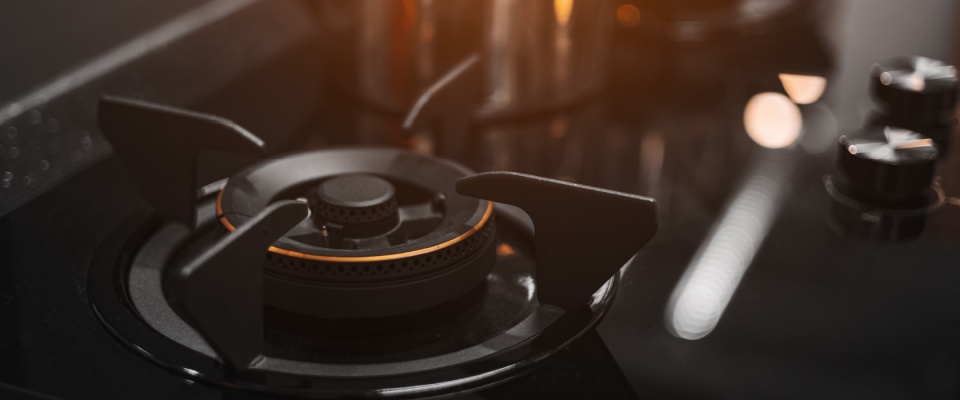Imagine you’ve just signed the lease on your new apartment. You have the keys, moving boxes, and a game plan. But before moving in, your property manager requests one last item: proof of renters insurance. It’s a common request that can surprise first-time renters.
Providing proof of renters insurance is simple once you know what it is, why it matters, and how to get it quickly. This guide includes everything you need to know about this essential document.
Key takeaways
- Proof of renters insurance is an official document confirming that you have an active renters insurance policy in place.
- Landlords typically require this proof to verify that both you and the property are protected from financial loss.
- You can easily obtain proof from your insurer online, by email, or through a mobile app, usually within minutes of purchasing a policy.
What is proof of renters insurance?
Proof of renters insurance is an official document from your insurance provider showing that you have an active renters insurance policy. It verifies that your policy meets your landlord’s requirements and typically includes:
- Your name and policy number
- The insurance company’s name and contact information
- Coverage limits (for personal property and liability)
- The effective start and end dates of your policy
- The address of the insured apartment
- Additional interested party (usually your landlord or property manager, listed to receive updates if your policy changes or is canceled)
Why do landlords require it?
Renters insurance helps protect you from financial loss if your belongings are damaged or stolen. However, it also reassures landlords that if an accident occurs in your apartment, like a kitchen fire that damages neighboring units, your liability coverage can help pay for the damage instead of them being responsible.

Some property managers also require that they’re listed as an “additional interested party” or “certificate holder” on your policy. This means they’ll get notified if your policy changes or gets canceled, ensuring there are no lapses in coverage during your lease term.
With ResidentShield you can add your property as an interested party when you purchase your policy or by contacting ResidentShield’s customer support.
How to obtain proof of renters insurance?
Most insurance companies offer instant access through email, online accounts, or mobile apps. Here’s how to do it:
- Buy a policy. If you don’t have renters insurance yet, you can easily purchase one online from most insurance providers, including ResidentShield, in just a few minutes.
- Download your proof of insurance document. Once your payment is processed, your provider will issue proof of renters insurance, usually in the form of a “declarations page” or “certificate of insurance.”
- Review the details. Double-check that your name, address, and policy dates are correct, and that coverage amounts meet your landlord’s requirements. Remember that an insurance policy will have a liability coverage amount and a personal contents coverage amount. Make sure both amounts meet your lease requirements.
- Share it with your landlord or property manager. You can email the PDF, print it out, or sometimes even upload it directly through your property’s online portal.
What to do if you lose your proof of renters insurance?
Most renters insurance providers make it easy to get another copy. You can:
- Log in to your online account and re-download your certificate.
- Request it by phone or email from your insurer’s customer service.
- Access it through your insurance app if your provider offers one.
Make sure to keep a digital copy stored safely (for example, in your email or cloud storage) so it’s easy to resend if your landlord ever asks for an updated version.
When do you need to provide the document?
You’ll likely need to show proof of renters insurance when you first move in. Beyond that, you may also need proof when your lease renews, if you switch insurance providers, or if your policy expires and you buy a new one.

Some landlords perform periodic checks to make sure their renters maintain active coverage. If your policy lapses, this may violate your lease agreement, potentially resulting in a fee. Keeping your policy active and your proof up to date helps you avoid such situations.
What happens if you don’t provide proof of renters insurance?
If you don’t provide proof of renters insurance, your landlord may consider your lease incomplete or noncompliant. Some landlords won’t allow move-in until proof is submitted, since it confirms that you have active coverage.
In some cases, landlords may purchase a “master policy” to cover the unit and charge you a much higher rate than a standard renters insurance plan. This type of coverage usually protects only the property owner, not your personal belongings or liability, so you’d still be financially exposed in case of theft, fire, or damage.
How does proof of renters insurance protect you?
While the document itself may seem like a formality, it represents something much more valuable: financial protection and peace of mind.
Renters insurance covers your personal belongings against risks like theft, fire, or certain water damage. It also helps pay for temporary housing if your apartment becomes unlivable after a covered event. Moreover, if someone is injured in your apartment, your liability coverage can help with their medical expenses or legal fees.
Having proof of renters insurance ready to go simply confirms that you’re covered when it counts.
So, before your move-in day, take a few minutes to secure your coverage and download your proof of insurance. You’ll not only check an important item on your leasing checklist but also stay calm knowing that you’re prepared in case something goes wrong.




